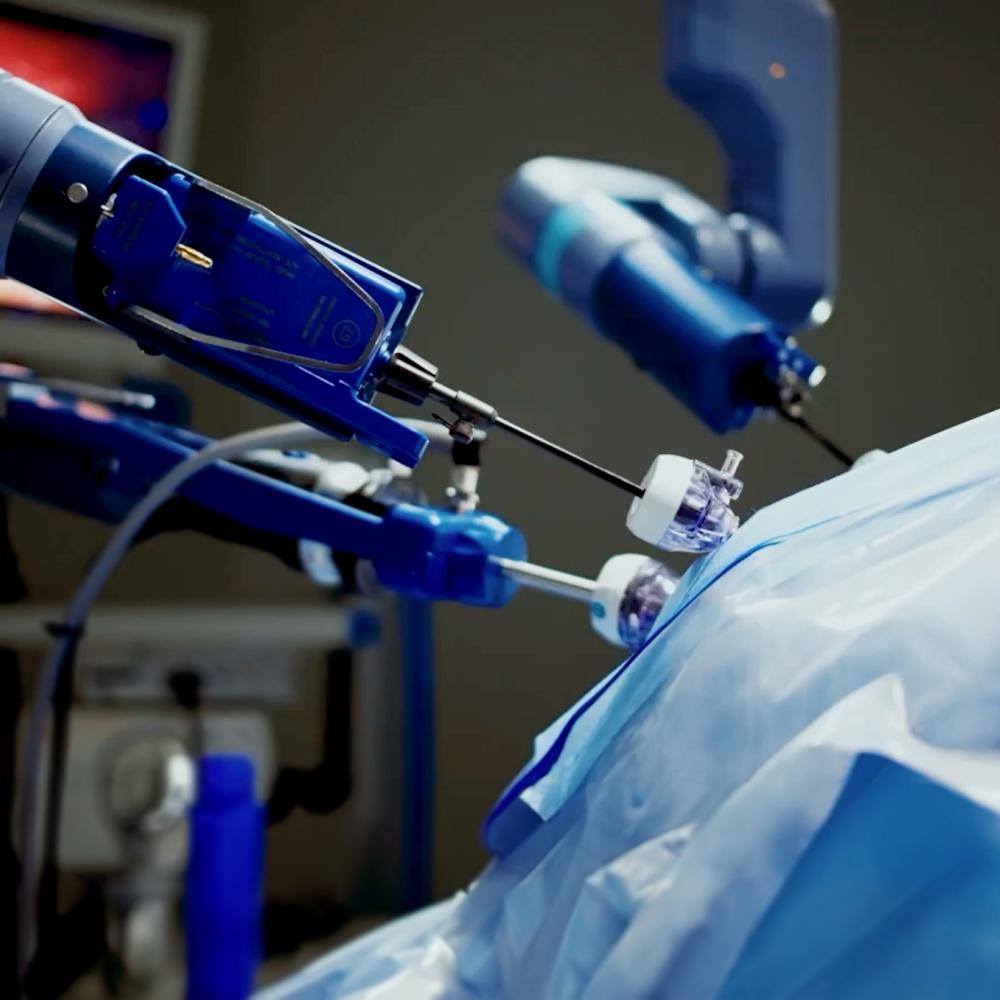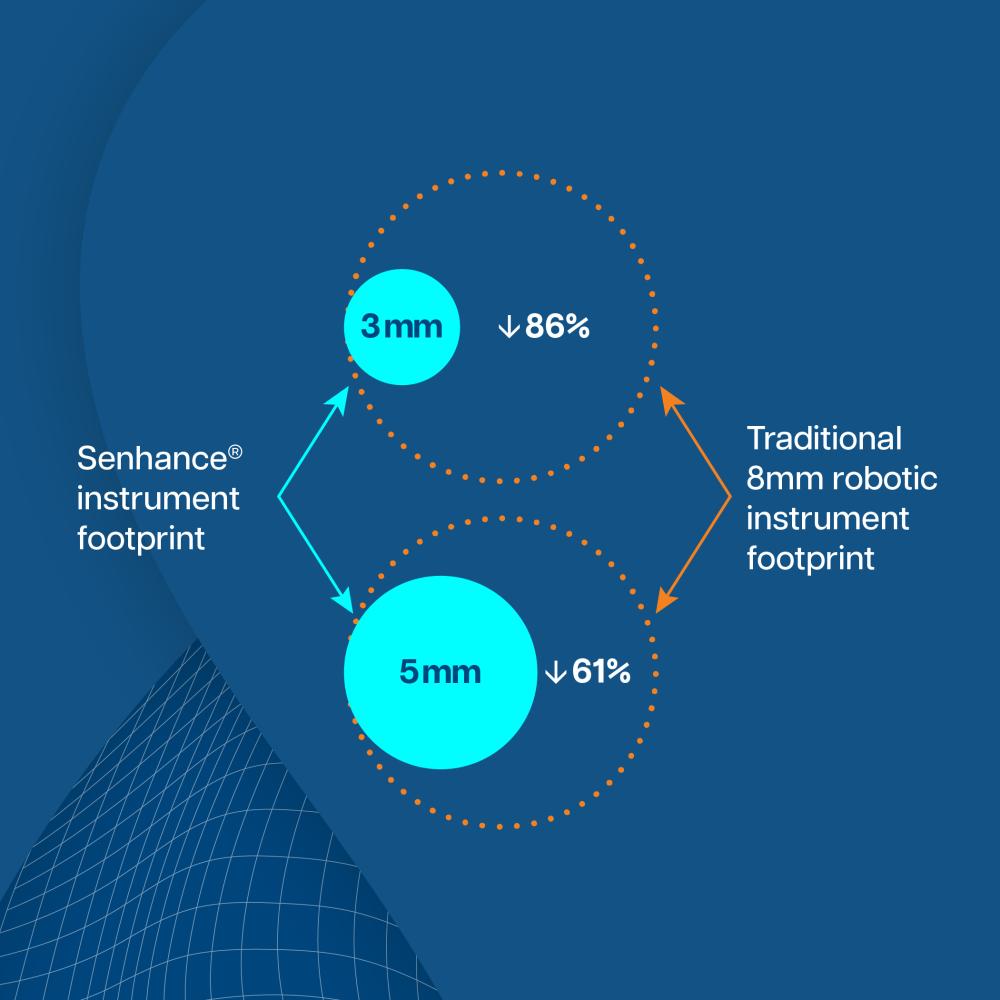Patient Education
Performance-Guided Surgery™: What’s the Difference?
Performance-Guided Surgery™: What’s the Difference?
Asensus Surgical is digitizing surgery and pioneering a new way of operating while using techniques surgeons are already familiar with. This type of robotic-assisted surgery is designed to increase control and precision for an added layer of safety, and with the smallest possible incisions, it allows for less scarring and shorter recovery times.

Over recent decades, less invasive surgeries have led to minimal scarring and shorter hospital stays.
What is meant by the term Minimally Invasive Surgery (MIS), and how is it different from open surgery? MIS describes a range of techniques surgeons use to minimize incisions to the body during a procedure. It includes laparoscopy and robotic surgery, two ways of operating that involve instruments fitted through small openings in the body as well as a camera so the surgeon can see without making a larger incision.
Asensus Surgical uses robotic-assisted technology in conjunction with laparoscopic techniques that many surgeons around the world are familiar with. Our system provides surgeons with Augmented Intelligence capabilities for increased precision and control as well as a full suite of reusable 3mm and 5mm instruments.
When surgeons use a Senhance system, they gain advanced digital tools that enhance how they see, feel, and execute the next move.
A small camera moves in accordance with your surgeon’s eye movements, letting them instantly see any part of the surgical area. A 3DHD screen provides an accurate view of the entire area.
The instruments your surgeon will use are engineered to provide a realistic sense of touch through slight vibrations communicated to their hands. This is called haptic feedback, and it helps your surgeon as they navigate around anatomy during a procedure.
Digital Augmented Intelligence tools designed to increase precision and control allow your surgeon to make quick measurements, add annotations to their screen, and execute with more informed decisions.
A small camera moves in accordance with your surgeon’s eye movements, letting them instantly see any part of the surgical area. A 3DHD screen provides an accurate view of the entire area.
The instruments your surgeon will use are engineered to provide a realistic sense of touch through slight vibrations communicated to their hands. This is called haptic feedback, and it helps your surgeon as they navigate around anatomy during a procedure.
Digital Augmented Intelligence tools designed to increase precision and control allow your surgeon to make quick measurements, add annotations to their screen, and execute with more informed decisions.

Be sure to discuss your recovery plan with your surgeon and your doctor. The length of your hospital stay, pain, and recovery time depends on many factors. With Asensus’ suite of smaller instruments, our goal is to help you feel less discomfort after your minimally invasive surgical procedure and experience a faster recovery than you would with larger incisions.
Over recent decades, MIS has been embraced by both adult and pediatric surgeons, and many have also adopted robotic surgical methods for the benefits of increased precision and dexterity.
In pediatric MIS, surgeons opt for smaller-diameter instruments to help minimize incision sizes for young patients, leading to quicker recovery and better cosmesis.

Visit our blog or explore our resources page for more information on Asensus and the robotic-assisted tools that we have to help your surgeon